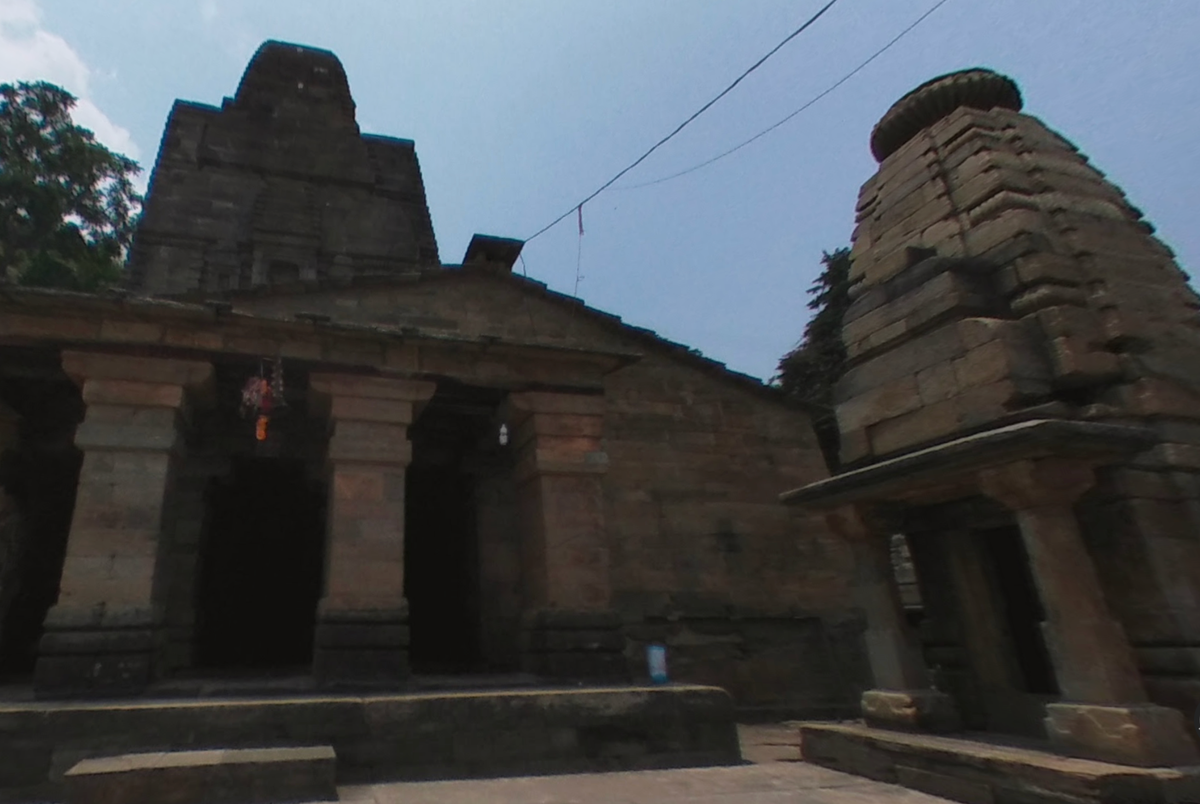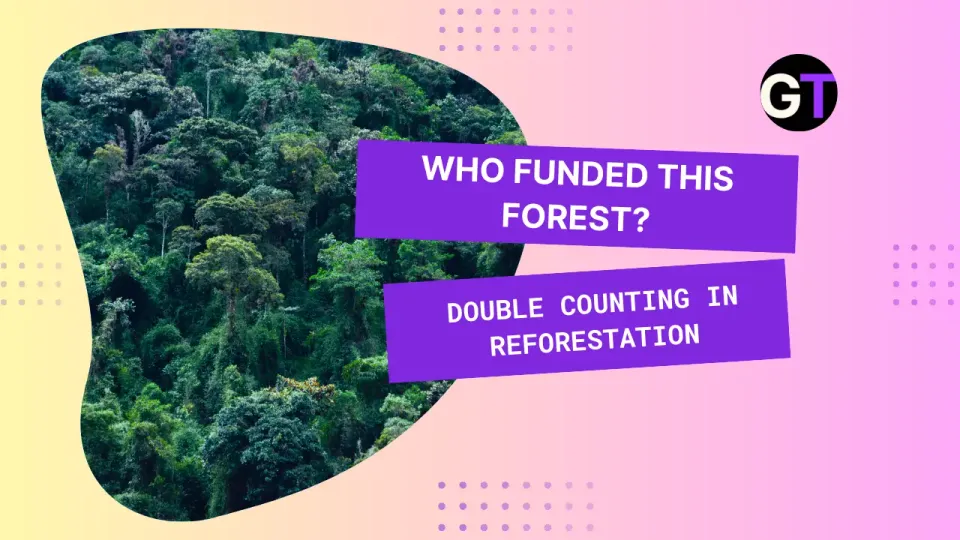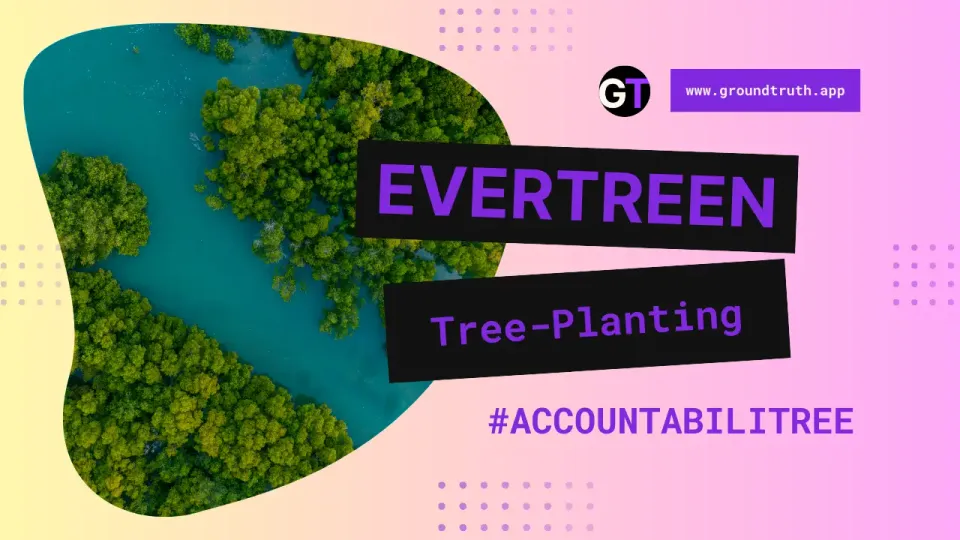Surya-Kunj: From Wasteland to Wildlife Wonderland 🌱
Its model is simple: give nature a hand and watch as ecosystems spring back to life.

Hidden in the rugged beauty of the Indian Himalayas
Surya-Kunj is a 71-acre Cinderella story in ecology—minus the glass slipper but definitely with some earthy magic. Once upon a time, this area was a sad, overgrazed plot that looked like nature had hit the snooze button on it for a few decades. But then, in 1992, the wizards over at the Govind Ballabh Pant National Institute of Himalayan Environment (GBPNIHE) decided it was makeover time. Today, Surya-Kunj is no less than a biodiversity superstar, serving as a living classroom, a conservation hub, and a training ground for those brave enough to tackle environmental decline.
The Power of Open Data 🌍
Not only is Surya-Kunj packed with nature’s greatest hits (think diverse trees, shrubs, and medicinal plants), but it’s also a data goldmine. In a refreshing twist, all of its sweet, sweet geospatial data is freely available on Restor.Eco. That’s right—open citizen science, baby! From the distribution of Himalayan herbs to how much carbon they’re trapping, it’s all there for researchers, conservationists, and nosy eco-warriors everywhere. So, Surya-Kunj isn’t just flexing its conservation muscles for local bragging rights; it's setting up the whole world with a roadmap for ecosystem rehab.
Flora, Fauna, and the “Three B's” 🐦🦋🐝
When it comes to plant diversity, Surya-Kunj doesn’t mess around. We’re talking 100+ woody species, 26 types of shrubs, and 90 medicinal plant species that could put your local apothecary to shame. These plants aren’t just there to look pretty, though; they’re pulling double duty as a crucial gene bank for conservation. And let’s not forget the Three B's—birds, butterflies, and bees—that have practically moved in and now handle pollination like it’s their day job. Surya-Kunj has become the place for any researcher, photographer, or biodiversity enthusiast to get their nature fix.
A Training Ground for Tomorrow’s Eco-Leaders 🎓
Surya-Kunj’s mission goes beyond just preserving plants. As a Nature Interpretation and Learning Center (NILC) (GBPNIHE), it’s the place for hands-on workshops, nature camps, and sustainability training sessions for everyone from school kids to farmers. It’s not just a field trip; it’s where people leave knowing the difference between a pine cone and a medicinal pod. And for those who can’t make the trek, there’s a digital catalog of resources for anyone needing help with plant ID or eco-friendly practices.
A Living Blueprint for Restoration 🖋️
Surya-Kunj isn’t just a biodiversity wonderland; it’s living proof that restoring degraded land can work—and work beautifully—when communities get involved. Its model is simple: give nature a hand and watch as ecosystems spring back to life, ready to support both local economies and an eco-aware generation.




